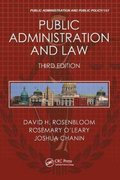Question
2) 4. The rational expectations model Suppose the U.S. economy is in equilibrium at a potential output of $10 trillion so that unemployment is at
2) 4. The rational expectations model
Suppose the U.S. economy is in equilibrium at a potential output of $10 trillion so that unemployment is at the natural rate. At the beginning of the year, the Federal Reserve announces that its monetary policy will aim to maintain output at potential output and sustain the current price level throughout the year. Firms and workers negotiate annual wage and resource price agreements based on the belief that the Fed is committed to price stability.
The following graph shows the aggregate demand curve (AD), the long-run aggregate supply curve (LRAS), and the short-run aggregate supply curve (SRAS) at an expected price level of 120.
Now suppose that several months later, the Fed abandons its stated goal of price stability and shifts toward an expansionary monetary policy.
On the following graph, show theshort-runeffect of this policy by shifting the appropriate curve or curves.


Step by Step Solution
There are 3 Steps involved in it
Step: 1

Get Instant Access to Expert-Tailored Solutions
See step-by-step solutions with expert insights and AI powered tools for academic success
Step: 2

Step: 3

Ace Your Homework with AI
Get the answers you need in no time with our AI-driven, step-by-step assistance
Get Started


